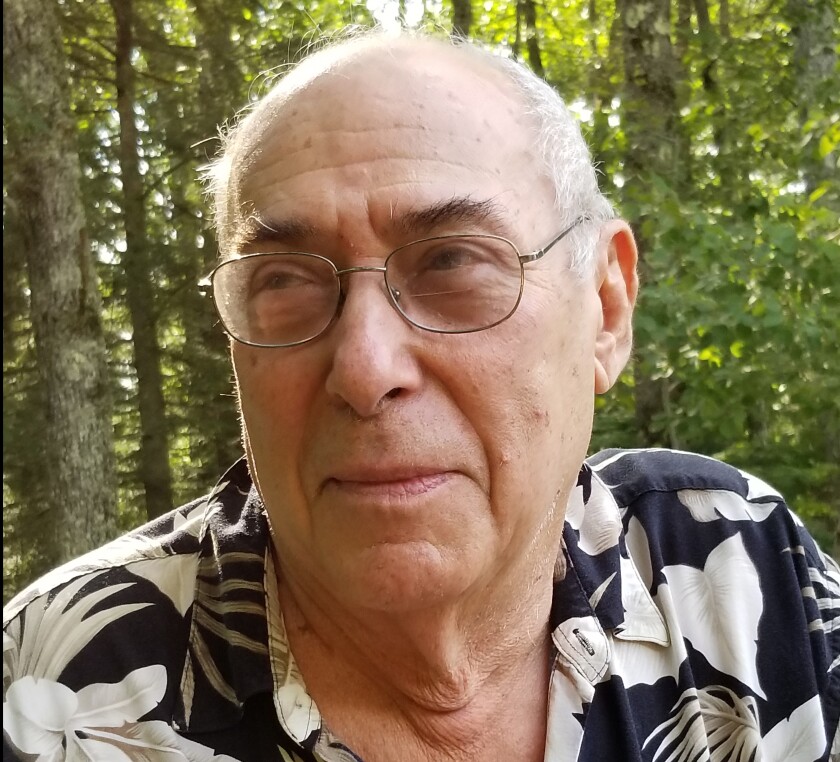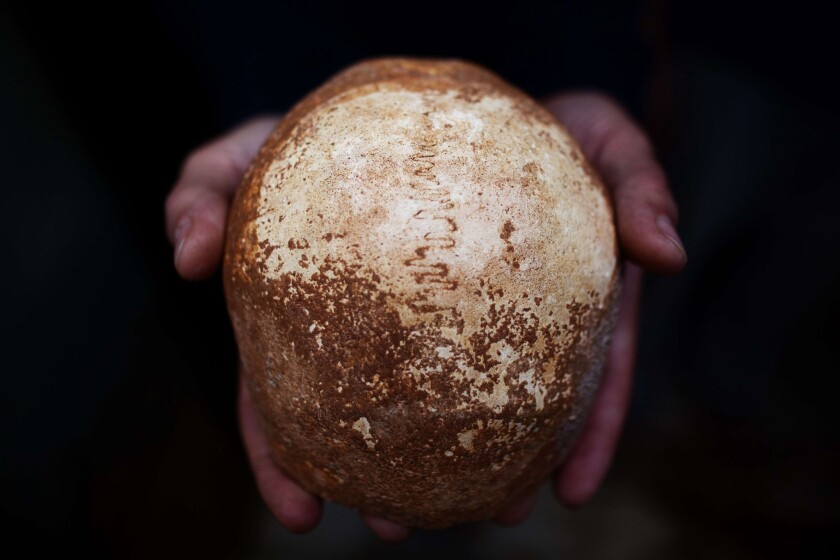Kamala HarrisPosted in Asian Diaspora, Audio, Interviews, Media Archive, Politics/Public Policy, United States on 2020-06-25 15:17Z by Steven |
Asian Enough
Los Angeles Times
2020-06-23
A conversation with Democratic U.S. Sen. Kamala Harris about the recent rise in anti-Asian hate, how government leaders should address racism in America, and growing up with Indian and Jamaican roots in Northern California.
From the Los Angeles Times, “Asian Enough” is a podcast about being Asian American — the joys, the complications and everything else in between. In each episode, hosts Jen Yamato and Frank Shyong invite celebrity guests to share their personal stories and unpack identity on their own terms. They explore the vast diaspora across cultures, backgrounds and generations, share “Bad Asian Confessions,” and try to expand the ways in which being Asian American is defined. New episodes drop every Tuesday.
Listen to the podcast (00:31:31) here. Download the podcast here.


